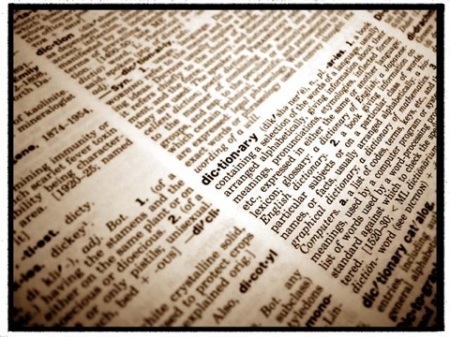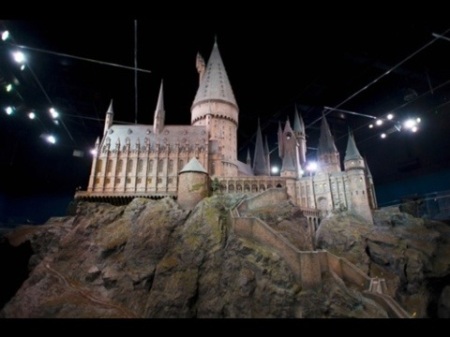Principal Product Scientist Mike Macpherson, former Research Scientist Chuong “Tom” Do, and Computational Biologist Eric Durand have led a team that spent many months developing an innovative and accurate tool to determine your ancestry going as far back as 500 years.
One of the stunning aspects of Ancestry Composition is that it’s based on the newest advances in machine learning and thus will get better over time. “Ancestry Composition is truly innovative. Not only does it use public-genetic databases for reference, it also uses the data set from 23andMe, so as more people join 23andMe, the more powerful and more accurate Ancestry Composition will become,” Mike said.
The feature can very accurately detail the mosaic of your ancestral background, distinguishing British and Irish ancestry, for instance, or telling you the breakdown of your Scandinavian or Italian ancestral origins. It’s also a powerful tool for finding Ashkenazi Jewish ancestry.
Right now, Ancestry Composition is particularly interesting for people of mixed ancestry: individuals who have Native American, Latino, African American or mixed European heritage. An update is planned in the near future to add more detail for people with African and Asian ancestry. This will give a finer level of detail and help customers zero in on the regions of their ancestral origins, but the feature can be enlightening for people of any background offering a view of an individual’s genetic ancestry, breaking down the mix of ancestry by percentage and putting it all into an intuitive visualisation.
There are several other bells and whistles for those who want to dive in and find a few fun surprises. One of those is the Split View, which gives great detail for customers who have at least one parent also in the 23andMe community. If at least one parent has been tested and is linked through the Family Tree feature, Ancestry Composition’s Split View will tell you what mix of your ancestry comes from your mother and what mix of your ancestry comes from your father. Another add-on to the feature is a Chromosome View, which “paints” the ancestry on each of your 23 chromosomes.
Total Blurb Bit If you’d like to see more detail on how this has done you can look both at a white paper put together by Mike or a recent poster presented at the annual meeting of the American Society of Human Genetics, which outlines the technique. The new feature replaces 23andMe’s “ancestry painting” and “global similarity,” two tools that were equally pioneering when they were first introduce, but with Ancestry Composition 23andMe breaks new ground and sets a new standard for determining genetic ancestry.
Source: 23andme.com





